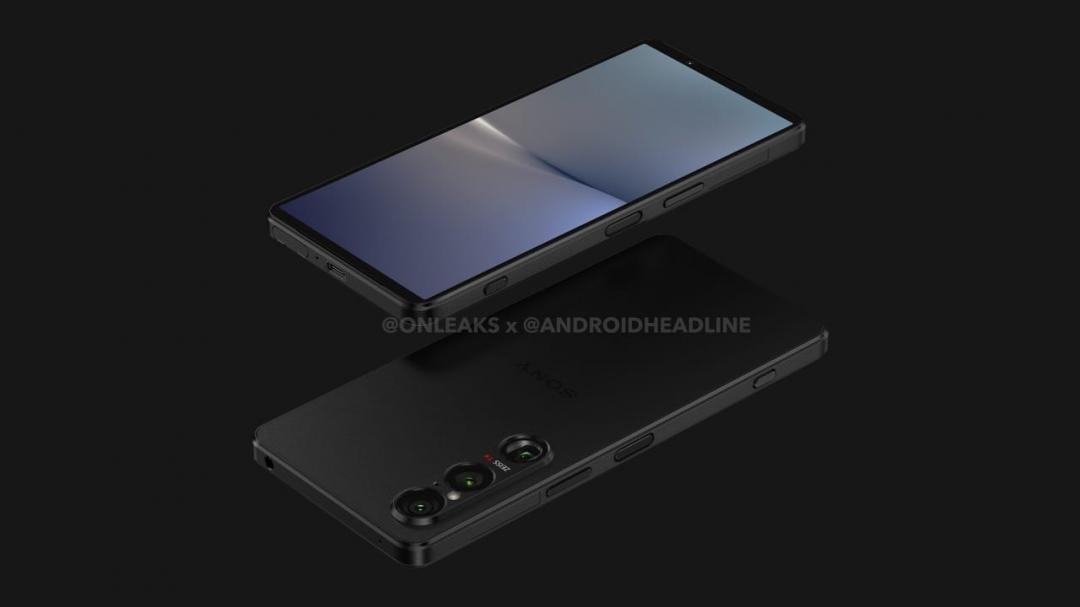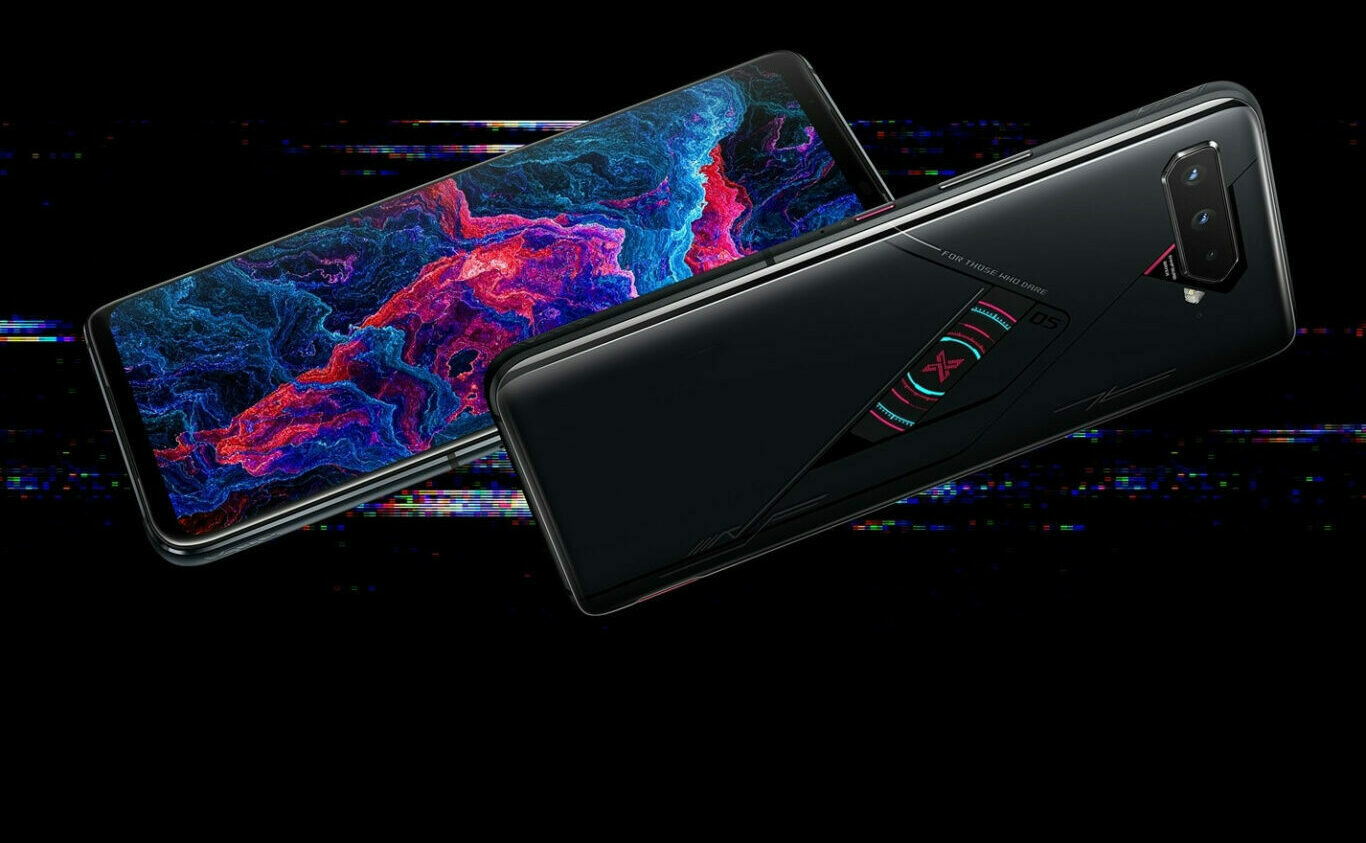新竹收購手機
ensors themselves are not cutting-edge. Fomalhaut’s analysis shows that many of the components were also used in iPhone X, 11 and 12. The strength of Apple’s product is its ability to process information from multiple cameras and sensors in an integrated manner, without delay.Two chips at the heartThe main circuit board, the heart of the system, appeared. Two semiconductors, designed by Apple, stand out. One is the M2 chip, which is also used in MacBooks and other products. It runs various software and performs an immense number of calculations. This is paired with the R1 chip, designed for the Vision Pro. It creates realistic images on the display.The device is equipped with many other semiconductors and electronic components. The flash memory that stores the information is made by Kioxia.Major parts and manufacturersTypeFunctionMakerProcessorComputingApple (U.S.)ProcessorVideo processingApple (U.S.)NAND memoryLong-term memoryKioxia (Japan)DRAMShort-term memorySK Hynix (South Korea)※According to FomalhautLeft and right lenses move directly in front of the eyesThe lenses that come in front of the eyes connect to a horizontal axis, with small motors at the top. Since the distance between the left and right eye differs from person to person, these motors move the lenses so that they are directly in front of both eyes. The mechanism accurately captures eyeball movements to present clean images that stay in focus.Motors adjust the lens position新竹收購手機sony’s high-definition displayThe left and right displays that cover the user’s field of vision are the most important components for the viewing experience. Apple used 新竹收購手機sony’s organic light-emitting diode (OLED) display. The postage stamp-size display, about 3 centimeters in length and width, is packed with about 11.5 million light-emitting pixels.The PPI (pixels per inch), which indicates resolution, is approximately 2,900, about 2.6 times that of the liquid crystal display (LCD) in Meta’s latest Quest 3 model. Although the goggles themselves are larger than a smartphone, the displays are very small with ultra-high definition, with a resolution more than six times that of an iPhone. Through the small display with its tightly packed pixels, a realistic image spreads across the entire field of the user’s view.※Nikkei calculation based on Fomalhaut’s research. Figures are approximate.The displays are the most expensive component at an estimated $460 for both eyes. The unit that is integrated with the lens is assembled in a complex manner, with screws tightened at an angle to prevent even the slightest misalignment. “It’s assembled like high-end lenses for cameras, which is quite costly,” Fomalhaut representative Minatake Kashio said.Lens to observe the wearerMany technologies in addition to the display are packed around the lenses. One is a mechanism that tracks eye movements. Sensors at the base of the resin lens detect the direction of sight based on the pupil position. Two larger-than-usual sensors are mounted in each eye to increase accuracy, enabling intuitive operation using the line of sight. Other sensors, an accelerometer and a gyroscope, detect facial movements. This reduces the differences between the scenery that is “supposed” to be seen without goggles and the projected image.Nidec-made fans on the left and rightThe high-speed processing of large amounts of data generates heat near the main board, which increases power consumption. As a countermeasure, two cooling fans about 4 centimeters in diameter were attached near both eye positions. The “Nidec” logo is clearly visible on the surface of the case, and it appears that a Nidec motor is used in the fans. “It’s rare to see a supplier’s logo displayed so prominently on an Apple product,” Kashio said. “It’s likely that Apple valued the quietness and safety of the product.”Three-dimensional acoustics and noise reductionSound is another important element in realizing spatial computing. In order to create a realistic 3D sound experience in which the sound of virtual content on the right side is heard by the right ear, bone-conduction speakers are placed near each ear and three microphones near the bottom of each eye. There is also a noise-canceling function that covers sound waves of opposite wavelengths to counter noise such as the rotating sound of cooling fans.Utilizing batteries designed for iPhoneThe external battery was sturdy and difficult to disassemble. Prying open the aluminum casing, there were three batteries, each 10 centimeters long and 5 centimeters wide, stacked together. They seem to be the same type of battery used in the iPhone. Apple’s attention to appearance is evident in the use of aluminum for the case, which is difficult to process, rather than inexpensive resin. Even though it weighs about 350 grams, the Vision Pro’s battery drains rapidly and lasts only about two hours.
Inside the Vision Pro at a glanceJapan emerges as leading Vision Pro supplier
Aggregated by headquarters location of component suppliers. (Fomalhaut estimate)
The total estimate for the main components is $1,200, about one-third of the sales price of $3,499. By country or region, Japanese companies accounted for 40% of the suppliers. The majority of these parts came from 新竹收購手機sony, which provides the displays and sensors.In the latest i
 從官方動作來看, 新竹收購手機sony新旗艦Xperia 1 VI很快會跟大家見面。(圖/翻攝網路)
從官方動作來看, 新竹收購手機sony新旗艦Xperia 1 VI很快會跟大家見面。(圖/翻攝網路)
由於新竹收購手機sony日本官網日前宣布5月17日舉辦「Xperia SPECIAL EVENT 2024」用戶體驗活動,外界普遍預期新竹收購手機sony將於當天發布Xperia新機,主角之一是新旗艦Xperia 1 VI。然而,Xperia 1 VI還沒正式亮相,台灣價格卻已經被提前揭露了。
根據日媒Sumahodigest表示,Xperia 1 VI在台灣推出的最高售價可能是39,990元,但未透露具體的容量版本。以前代作為對比,Xperia 1 V的256GB版本價格38,990元、512GB則為41,990元。
值得注意的是,日媒Sumahodigest過去的爆料準確度並不高,該台灣價格僅供參考,實際售價還需等待新竹收購手機sony的官方宣布。
新竹收購手機 新竹收購手機
